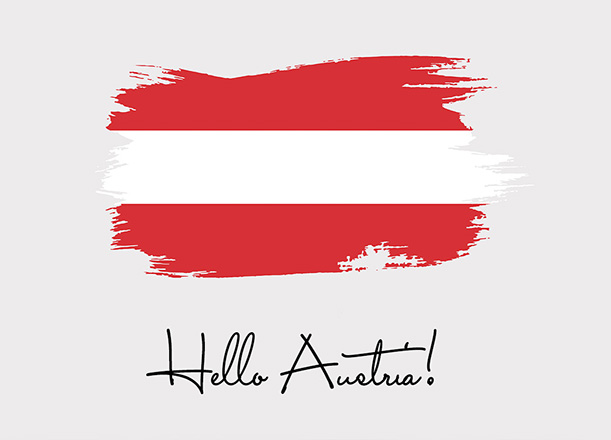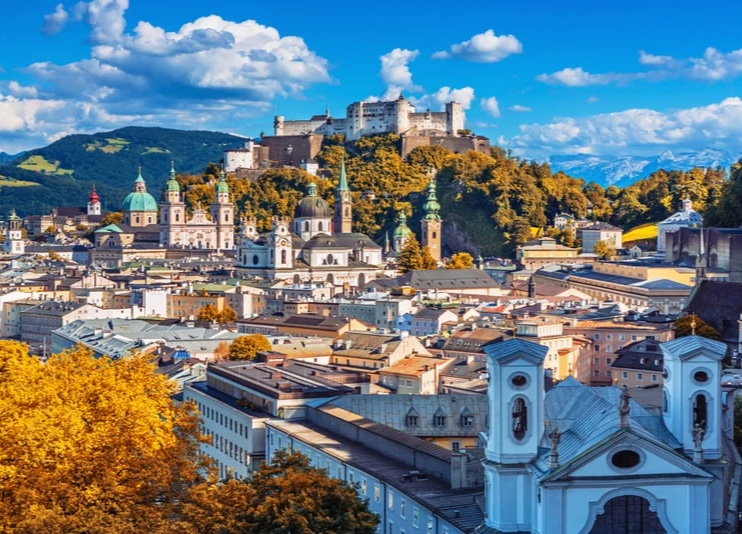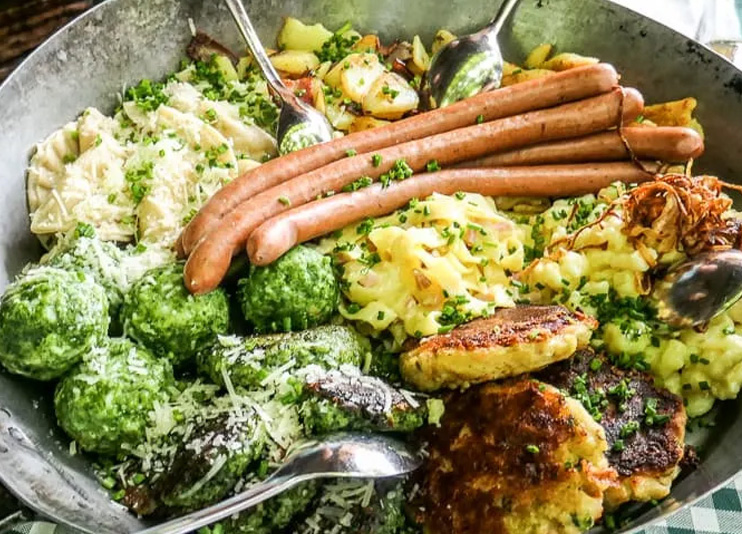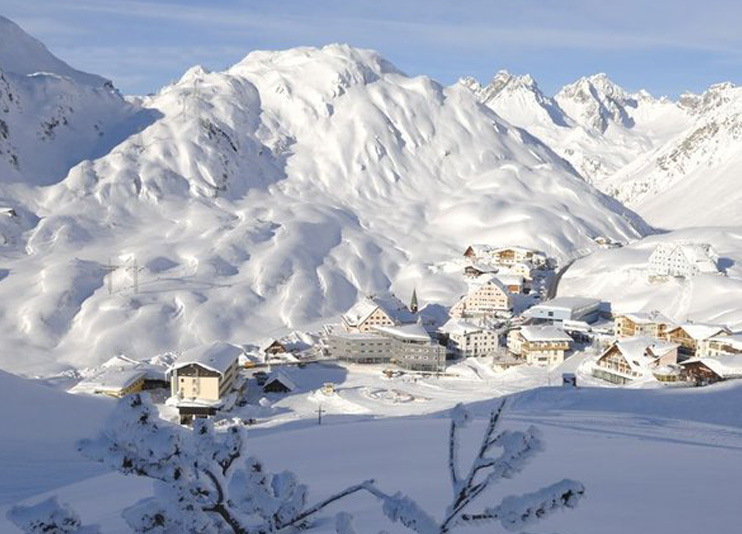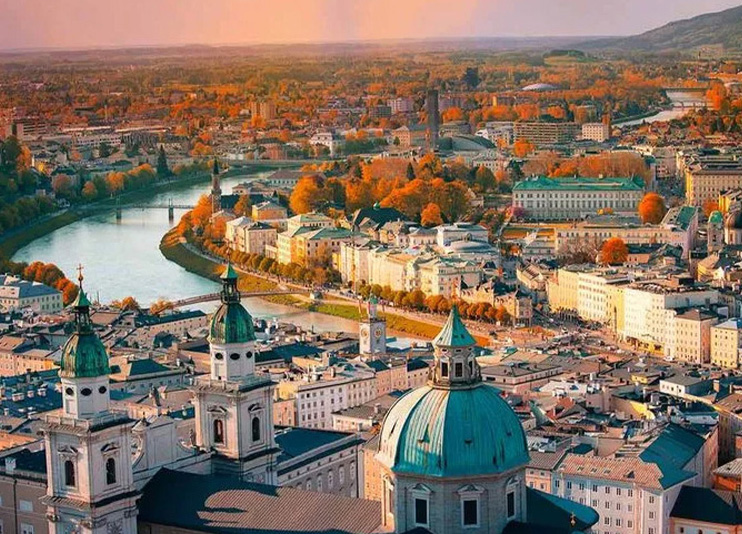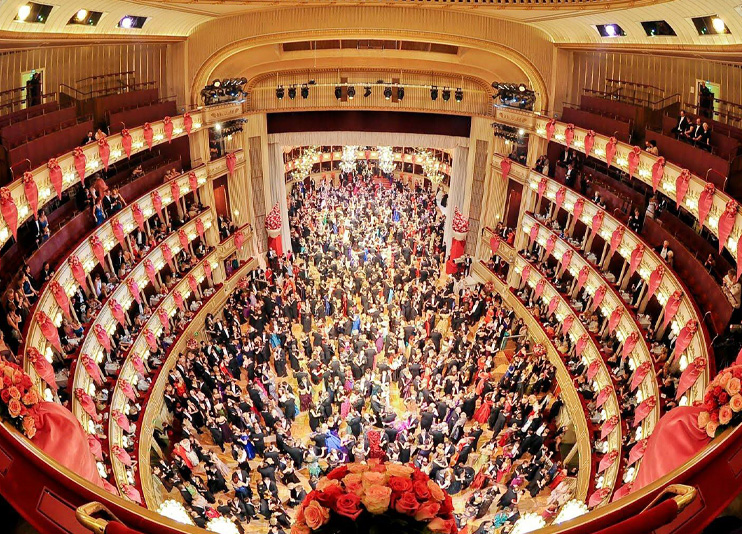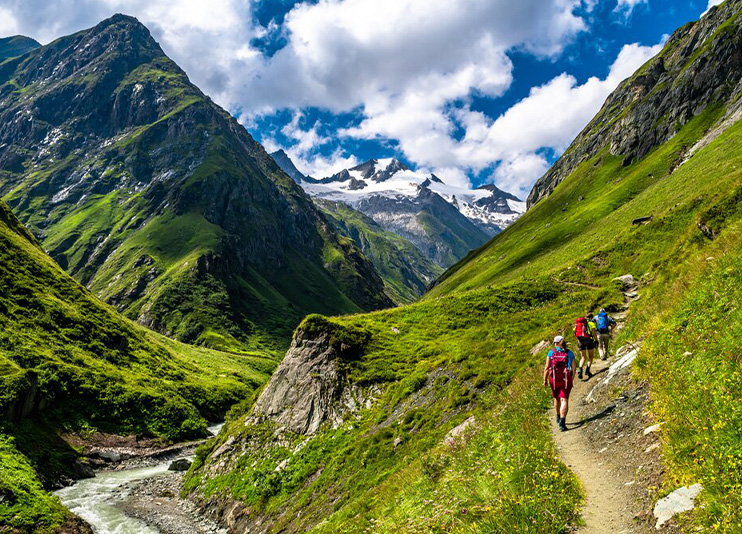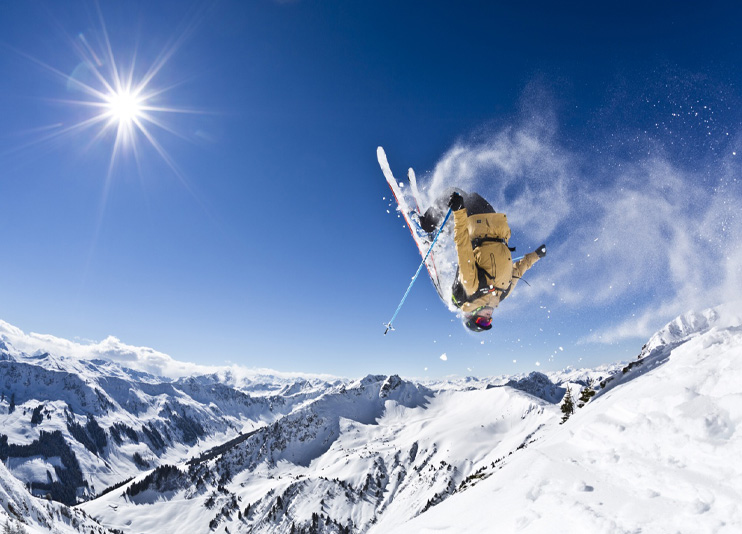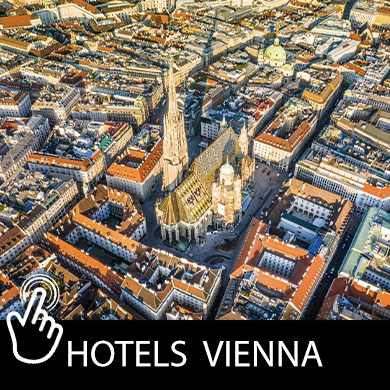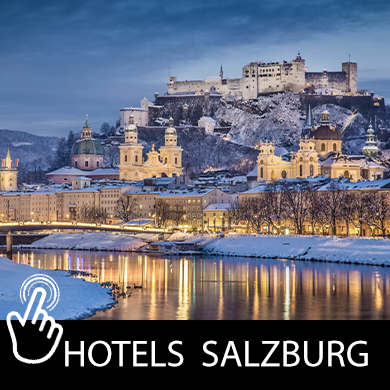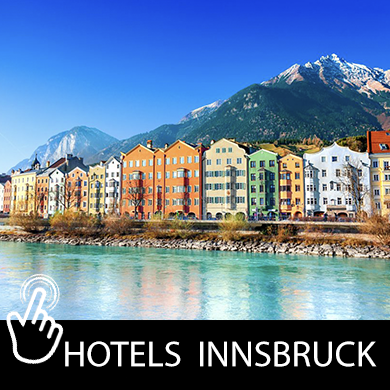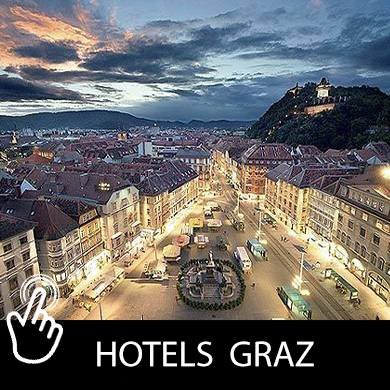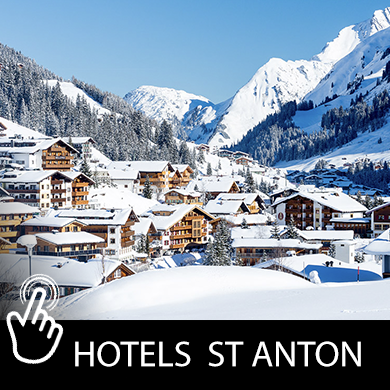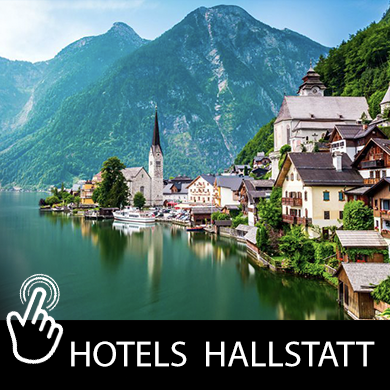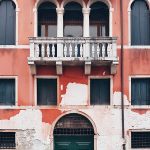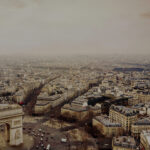Austria
WHAT CAN I EXPECT FROM AUSTRIA?
In the heart of Europe with rolling green hills, skiing, Christmas markets, the sound of music and much more is where we find Austria. The three Austrian states of Vorarlberg, Tyrol and Salzburg have come together to provide some of the best holiday and adventure destinations in the world.
Once in Austria, the excellent train & bus system, plus a useful road network, make internal travel simple. The options for accommodation, eating, skiing, snowboarding, hiking in Austria are endless.
If your passion is skiing, the Austrian Alps run through the entire country with the ski resorts ranging from low elevation, cute village ski hills to high-alpine glaciers & huge interlinked mega resorts. Austria has a ski resort to suit everyone, at every time of the year & in every part of the country except the far north-east.
For the lovers of music, it’s the home of Mozart and a visit to the Vienna Opera house to experience a live performance is a must. For food lovers, it’s home to the Wienerschnitzel, Wiener Würstchen (sausage), Viennese Apfelstrudel (apple strudel) and the irresistible Sachertorte that is full of chocolaty goodness, and toped off with dark chocolate icing whipped cream and a dark chocolate medallion on top. For the lovers of the outdoors, you can go paragliding, rafting, and hiking in every corner of this beautiful country. No matter what your love is, Austria has something just for you.
THINGS TO SEE AND DO IN AUSTRIA
• The Vienna Hofburg: Austria’s Imperial Palace
• Salzburg Altstadt, a UNESCO World Heritage Site
• The Spanish Riding School, Vienna
• Schönbrunn Palace, Vienna
• Innsbruck’s Hofburg and Hofkirche
• Melk Benedictine Abbey
• Fortress Hohensalzburg
• Hallstatt and the Dachstein Salzkammergut
• Skiing at Kitzbühel and Kitzbüheler Horn
• Belvedere Palace, Vienna
• Medieval Burg Hochosterwitz
• St. Stephen’s Cathedral in Vienna
• Krimmler Ache: Austria’s Tallest Waterfalls
• Eisriesenwelt: The World of the Ice Giants
TYPICAL COSTS WHEN TRAVELLING
Many people want to visit Austria and wonder what the budget would be. Like all vacations, the cost depends on the level of flights, accommodations and how you want to spend time. Austria offers options for all budgets.
Cost of Flights –
How much does it cost to fly to Austria? The high season for flying to Austria is July to August — prepare to pay 30% to 40% and more for your return flight to Austria during this time. The period from September to November is considered low season with the average cost for flights generally cheaper.
Flights from the US range from $1200 – $2200 (approximate)
Flights from Asia range from $1700 – $2700 (approximate)
Flights from Australia range from $2700 – $3700 (approximate)
Flights from New Zealand range from $2500 – $3500 (approximate)
Flights from Canada range from $2000 – $3000 (approximate)
Flights from South America range from $2300 – $3300 (approximate)
Flights from South Africa range from $1200 – $2200 (approximate)
Flights from London range from $300 – $400 (approximate)
Flights from UAE range from $350 – $450 (approximate)
Accommodation –
There is a large variety of hotel types to choose from in Austria. All Austrian properties meet a high standard of quality but also have their own identity. You will see Modern hotels with a clean design sit side-by-side some of the countries most elegant orignal architechture.
Hotels in Austria range from $50 – $600+ Per night (approximate)
Click below to look through a list of hotels.
Food –
The average cost of food and drinks for a day in Austria is 65.00 € per day for one person. Austrian street food will cost you around 10.00 € (9.00$). A Meal for two People at a Mid-range Restaurant with Three-course will cost approximately 50.00 € ($48.00US).
A bottle of water in Austria is approximately 2.63 € (2.30$). A soft drink is around 1.68 € (1.55$) when you buy it in a supermarket. A beer would cost you around 4.00 € (3.80$) when you buy it in a bar. Alcoholic cocktails in bars and night clubs are 6.00 € (5.70$) per cocktail.
Transportation –
Austria has a highly developed transportation network of highways, passenger trains, waterways, and flight services. The main link between Salzburg and Vienna has a extensive expressway (autobahn) and Train system. These run through to the Swiss and German borders and through to Vorarlberg and Tirol. There are also roads connecting Innsbruck with Italy, and roads connecting Vienna to Italy through spectacular Alpine scenery.
Train –
Train travel in Austria is fast, reasonably priced and reliable. The Railjet inercity trains are the fastest with restaurant cars, free WiFi and power sockets. You are permitted to take bikes on trains, but bike storage spaces are limited so it pays to book a place in advance.
The train from Vienna to Salzburg by Railjet takes 2hrs 22mins They also have a direct trains twice an hour that runs from city center to city center. From Vienna to Linz the travel time is just 1hr 15mins, 2hrs 35mins to Graz, 4hrs to Klagenfurt and 4hrs 15mins to Innsbruck, all these train rides are direct. Austria also have R and REX trains thats stop at smaller stations that fall inbetween the bigger hubs and are slower.
Train tickets can be booked online or at train stations. The budget fares are the pre purchased Sparschiene tickets, which are valid only for a specified departure time. The standard tickets offer more flexibility but can cost twice as much. Seat reservations are only required on selected Intercity or EuroCity services and inccur a small fee.
Mountainous areas have the option of cable cars that are highly recomended for spectaular views. St Wolfgang (The Schafbergbahn railway) has Austria’s steepest rack and pinion railway.The Hintertuxer Gletscher cable car at Mayrhofen are both highly memorable journeys.
Bus –
For Bus journeys in Austria you can purchase a ticket when boarding the bus. Buying a ticket in advance for some major routes in peak season such as Graz and Klagenfurt, or the bus from Salzburg to Bad Ischl is recomended. Sundays has significantly fewer services in rural areas.
Car –
The roads in Austria are excellent and you will see spectacular scenery The motorways operate with tolls, and vehicles need to display a toll sticker known as a vignette. The cost of the toll sticker can be bought for 10 days (€9.50), two months (€27.80) or one year (€92.50).
In Austria, you need to drive on the right, seatbelts are compulsory and the max speed is 130km/h on motorways, 100km/h on open roads and 30km/h to 50km/h in built-up areas.
One important thing to note is that you’re legally required to have a reflective jacket avaliable in the car that must be worn in case of a breakdown as well as a reflective triangle and a first aid kit.
Click here to look through rental car options.
Bike –
Citybike Austria has rental schemes in Vienna and Salzburg, and bike rental services are widespread across Austria. they offer Mountain bikes, road bikes and e-bikes that are all easy to find.
Ferry –
Austrian Passenger ferries and boat tours operate along the Danube. Several of the larger lakes offer boat services in the Salzkammergut region, including Wolfgangsee and Hallstätter See.
Suggested daily budget – 50-60 EUR / 52-62 USD (Note: This is a suggested budget assuming you’re staying in a hostel, eating out a little, cooking most of your meals, and using local transportation. Using the budget tips below, you can always lower this number. However, if you stay in fancier accommodation or eat out more often, expect this to be higher!)
MONEY SAVING TIPS
1. Purchase a Vienna Card
Plan on seeing a lot of museums in Vienna? then it’s a must to purchase a 72-hour Vienna Card. This will give you unlimited public transport and with discounts on the top level attractions. If you are planning on a longer stay, then it would be recommended purchasing a weekly Wochenkarte giving you access to all the trams and buses.
2. Salzburg Festival Night
If you love classical music you will want to visit Salzburg from early July to September and experience Festival Night, which is held annually.The festival is completely free and features many famous composers. There is always a great atmosphere and it’s amazing to experience classical music in the home of Mozart
3. Ellmau For Skiing
SkiWelt, Austria’s biggest ski region has the Ellmau resorts. While most resorts here can be pricey, little known Ellmau has a mix of the best of the Austrian ski experience at a very reasonable price. Ellmau is a traditional village that has easy access to the best slopes.
4. Pay for half the viewpoint
If you’re traveling to Austria in summer, you it is not necessary to always pay for a viewpoint. in many instances it is possible to hike up (or down) from a ski lift for free. by doing this you avoid the round trip cost.
5. Explore the free castles in Austria
Austria has a large number of castle ruins all across Austria that you can visit for free. They are not perfectly maintained, but are safe enough for you to explore
6. Adventure Activities
Stunning trails and mountains scenery is the Austrian trademark. The trails are easy to navigate without a guide and in my opinion is the best way to see this magnificent countries beauty. If you are after a little more of a challenge, Austria has the highest number of klettersteige (climbing path & protected climbing route found in the Alps) If you have your own gear and you’re experienced with climbing, you can easily hike to the beginning of different klettersteige around Austria and do them independently.
7. Free Highlights and sights in Vienna
The following places are free to visit,
– Gloriette, one of the most beautiful places in Vienna (Located in Schönbrunn Palace Park)
– St. Stephen’s Cathedral, visit Vienna’s landmark for free
– Nussberg: this is a inner-city hill where wine is grown. walk through and enjoy a beautiful view of Vienna.
– Live Opera: In April, May, June and September, many performances are screened live on a huge screen in front of the Opera.
– Ringstrasse: The home to some of Vienna’s most beautiful buildings, which are a highlight simply from the outside.
– Viennese parks: Whether Schönbrunn Palace Park, Volkskarten, Burggarten, Lainzer Tiergarten or Belvedere Palace Park
16/10/2022



